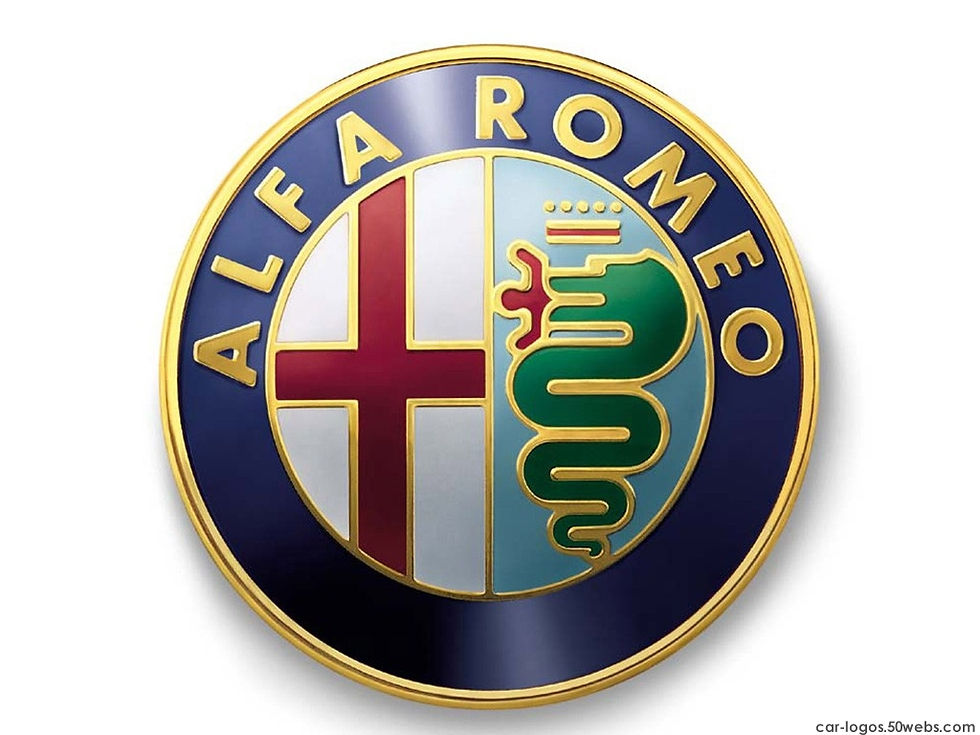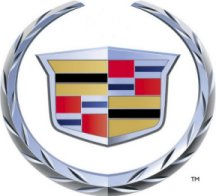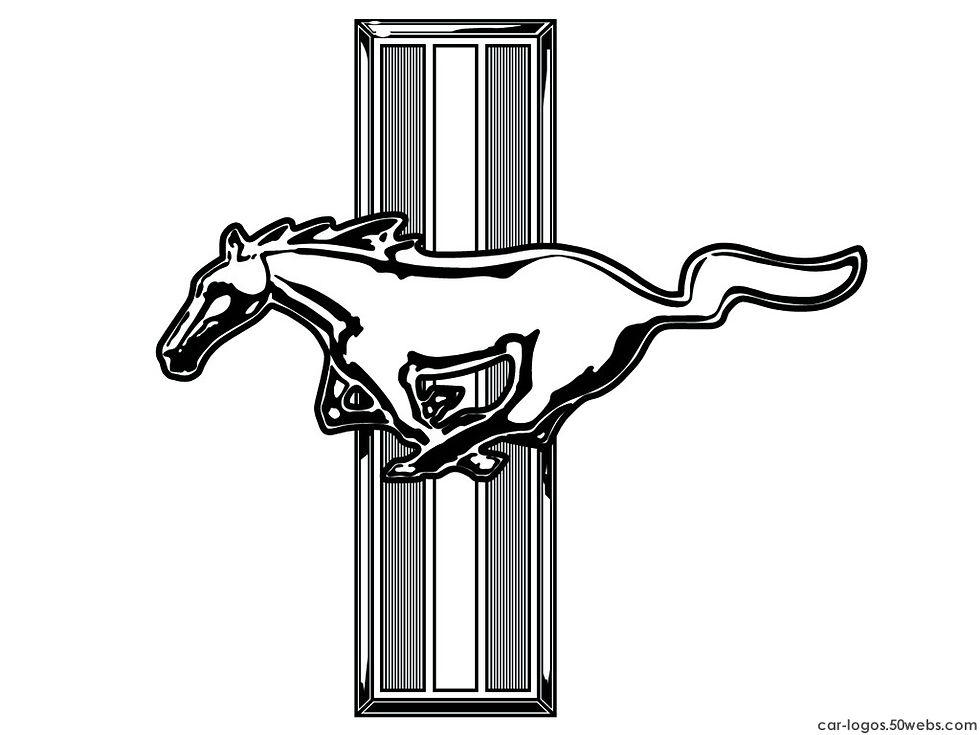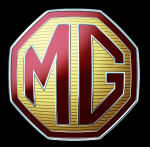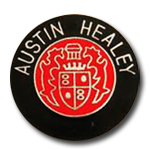

Ferrari 250 GTO

The Ferrari 250 GTO is a GT car which was produced by Ferrari from 1962 to 1964 for homologation into the FIA's Group 3 Grand Touring Car category. The numerical part of its name denotes the displacement in cubic centimeters of each cylinder of the engine, whilst GTO stands for "Gran Turismo Omologata",[1] Italian for "Grand Touring Homologated." When new, the GTO commanded an $18,000 purchase price in the United States, and buyers had to be personally approved by Enzo Ferrari and his dealer for North America, Luigi Chinetti.
36 cars were made in the years '62/'63. In 1964 'Series II' was introduced, which had a slightly different look. Three such cars were made, and four older 'Series I' were given a 'Series II' body. It brought the total of GTOs produced to 39.
The car debuted at the 12 Hours of Sebring in 1962, driven by American Phil Hill (the Formula One World Driving Champion at the time) and Belgian Olivier Gendebien. Although originally annoyed that they were driving a GT-class car instead of one of the full-race Testa Rossas competing in the prototype class, the experienced pair impressed themselves (and everyone else) by finishing 2nd overall behind the Testa Rossa of Bonnier and Scarfiotti.
Ferrari would go on to win the over 2000cc class of the FIA's International Championship for GT Manufacturers in 1962, 1963 and 1964,[5] the 250 GTO being raced in each of those years.
The 250 GTO was one of the last front-engined cars to remain competitive at the top level of sports car racing. Before the advent of vintage racing the 250 GTO, like other racing cars of the period, passed into obsolescence. Some were used in regional races, while others were used as road cars.





















